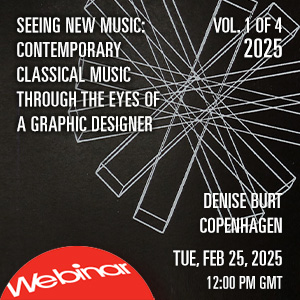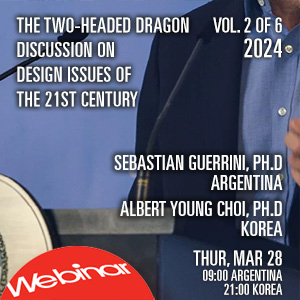Selfie + CODE
Exploring Expressive Selfie by Computer Codes
YeoHyun Ahn
Assistant Professor
University of Wisconsin-Madison
Thursday, October 22 at 9:00 pm EDT

A selfie is a form of art. Over 1 million selfies are now taken every day. Selfies are not always as spontaneous as they seem. They can be a communication tool like any other that can be manipulated for purposes. YeoHyun Ahn started taking her generative selfies in 2015 to raise awareness of Asian female faculty being isolated and marginal in a predominantly white institution (http://www.socialhomelessness.com). The algorithmic processes expend the concepts of traditional self-portraits to generative and expressive selfies delivering thought or feeling. The visual style was inspired by Impressionism, which is a 19th-century art movement that captures a moment, such as Claude Monet’s Sunrise, for instance, by using a smartphone, and Expressionism, expressing inner troubles and feelings of anxiety rather than technical skills or beauty. Typography is a form of art to make written language expressive. Each typeface has its personality. Based on the type choices, different emotions and moods can be visually delivered through generative selfies. The typographic Selfie + CODE is an extension of Selfie + CODE. It is visual research with diverse typefaces to implant visual expression into generative selfies. It showcases distinctive visual moods by using different typefaces such as Baskerville, Times, Futura, Helvetica, Zapino, etc., to express their typographic voice in generative selfies. Typographic Selfie + CODE I & II use Korean and Hangeul, an English typeface designed by Taekyeom Lee, using Korean vowels and constants to showcase cross-cultural typography experiences and practices. The presentation will cover a series of Selfie + CODE and technical demonstration followed by Q&A. All of the attendants will need to install Processing at www.processing.org and an internal web camera.
Webinar Contents
Presentation* and Demonstration
Introduction by
Albert Young Choi
UDA Emeritus President
Professor of Brand Design and Experience Design
Hanyang University ERICA, Korea
Presentation by
YeoHyun Ahn
Assistant Professor
University of Wisconsin-Madison
USA
Response and Discussion
with all attendees
Final Remark
Explore own expressive selfies by using Processing as a communication tool for artists and designers
*Important Note: English Language and Required Options
If you want to participate in the demonstration, you must need the following requirements.
– Required Software: Processing, which is downloadable at www.processing.org,
– Required Hardware: A computer or laptop with an internal web camera
If you want to attend as an audience, you do not need the required software and hardware.

YeoHyun Ahn
YeoHyun Ahn is a designer, educator, and researcher, integrating creative coding, digital fabrication, and physical interaction into typography and graphic design. Her interdisciplinary typography project, TYPE + CODE Series, has been featured through Washington Post, PRINT, New York Times Magazine, Letter Arts Review, Creator’s Project, Designboom.com, etc. It has published in the books, Graphic Design: the Basics, Type on Screen, and Data-Driven Graphic Design, and invited to research papers by Leonardo, EVA London, and IEEE VIS Arts. It has presented at ISEA, AIGA, SEGD, Alicante Design Education Forum in Spain, TypeCon, etc. Her new project, Social Homelessness on US Campuses, is a multidisciplinary art and design project to bring awareness of Asian female faculty in America. Immigrating as a designer in America, brings her to be aware of social inequity, discrimination, and marginality. She currently explores generative self-portrait photographs for social homelessness being isolated and marginalized in American society’s professional areas. It has presented through SIGGRAPH, ISEA, ARTECH, IEEE GEM, etc. She received Graduate Fellowship from Maryland Institute College of Art in 2009. She was a freelance graphic artist in the New York Times Magazine. She taught at the School of the Art Institute of Chicago, Chicago State University, and Valparaiso University. Now she is an Assistant Professor of Graphic Design and Interaction Design at the University of Wisconsin Madison.
In keeping with the UDA mission of celebrating global awareness and providing both educational and professional opportunities in communication design, UDA offers webinars. These events are one of many activities as we continue to develop our design awareness in society and culture.



